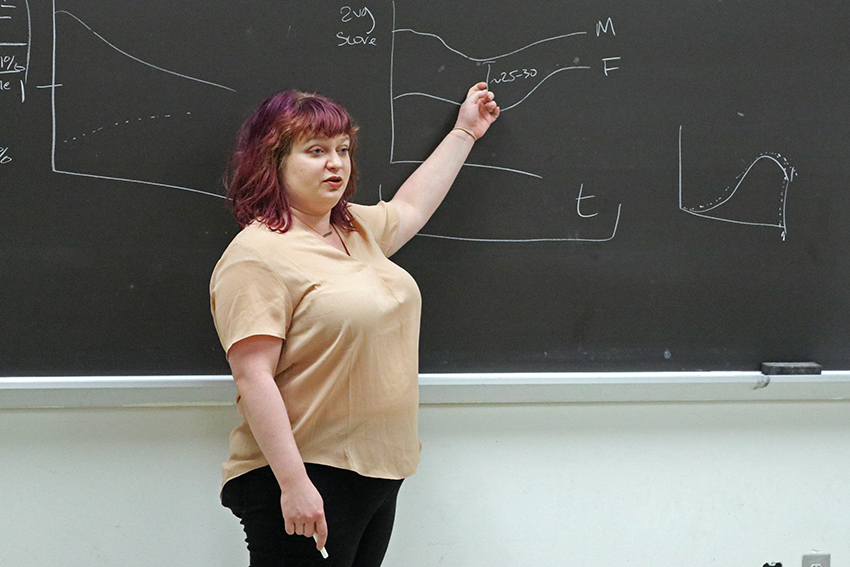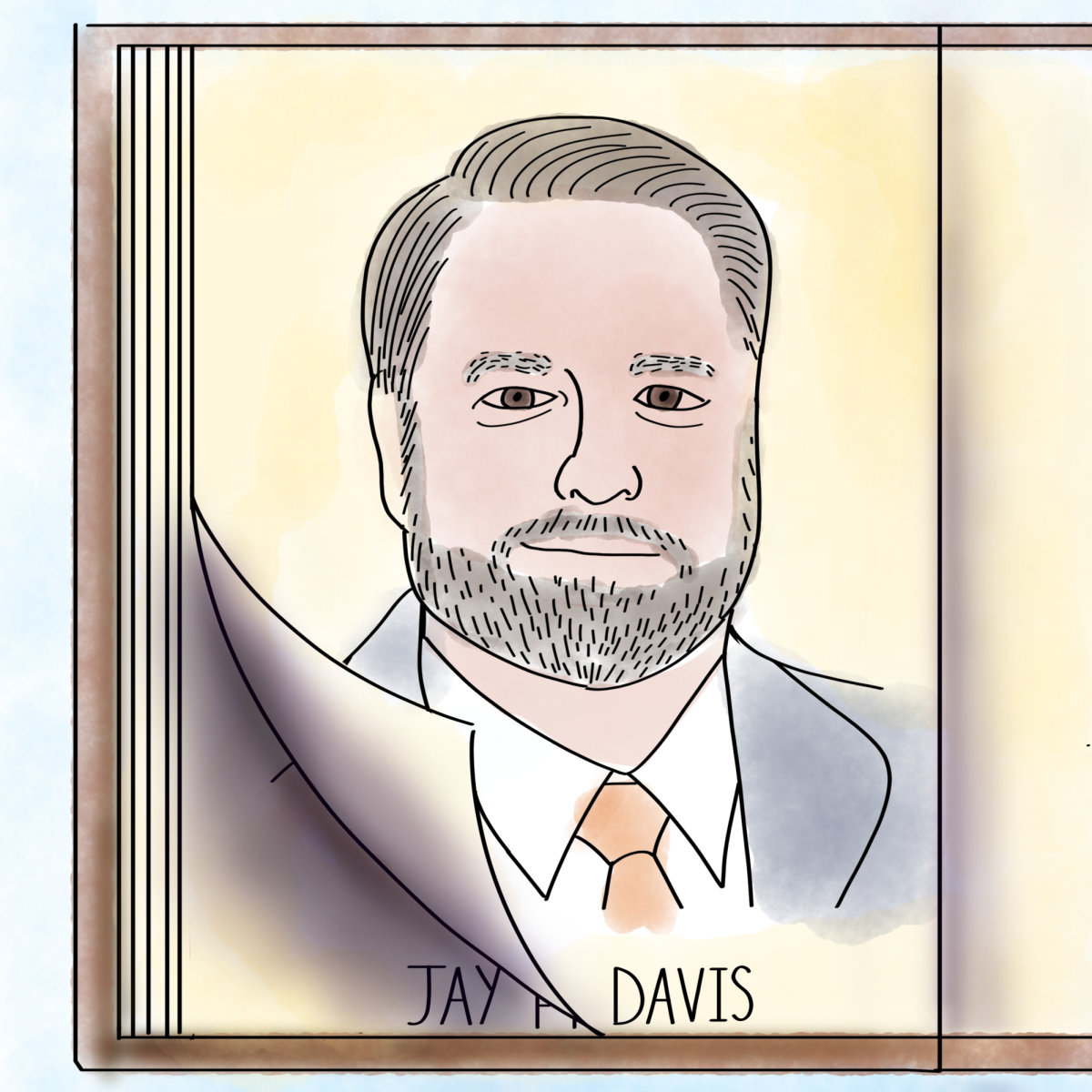Over the past 50 years, male scores on the SAT math section have been 20 to 30 points higher than female scores on the national level. The American Enterprise Institute said girls are worse at math than boys, but physics graduate student Franki Aymond said she has found evidence on the contrary hidden in the scores.
American Enterprise Institute’s article made three claims: One, the difference in SAT math score between genders has been persistent and will continue; two, because of this difference, men are better at math; and three, because men are better at math, equal representation may not necessary in STEM fields.
“I felt like they were wrong, so I had to immediately take action,” Aymond said. “The action I took was looking at the underlying data.”
The main argument Aymond made against the article was that SAT scores are not a reliable indicator of proficiency in STEM fields.
“We see a difference between what grades students get in their coursework and how they perform on standardized tests,” Aymond said. “When we look at average high school grades in STEM classes, females’ average grades are actually slightly higher.”
Aymond said though women’s course grades are higher than men’s on average, women remain underrepresented in STEM fields.
Neuroscience freshman Soummitra Anand said she feels that grades in STEM courses prove one’s abilities more than SAT scores.
“Putting in the time to study for courses and preparing in advance are ultimately far smarter actions than relying on one’s innate ability,” Anand said.
Emily Wei, human development and family sciences junior, said although female underrepresentation in STEM is still prevalent today, she feels hopeful for the future.
“Seeing other women step up to leadership roles in this field is very encouraging,” Wei said. “This gender gap inspires me to reach out to younger girls and show them that girls can love science and be amazing at it.”
Wei works for Girlstart, a nonprofit that engages girls in STEM from a young age. Wei said this is the key to equal representation.
“We need to start the push for being involved in science at an early age,” Wei said. “I see the fiery passion that these young girls have for science experiences.”
Aymond said AEI’s report seems bleak, but the numbers show women are breaking through the STEM field.
“On the surface, it doesn’t seem like things are changing,” Aymond said. “But data shows there is a change on the horizon.”





















